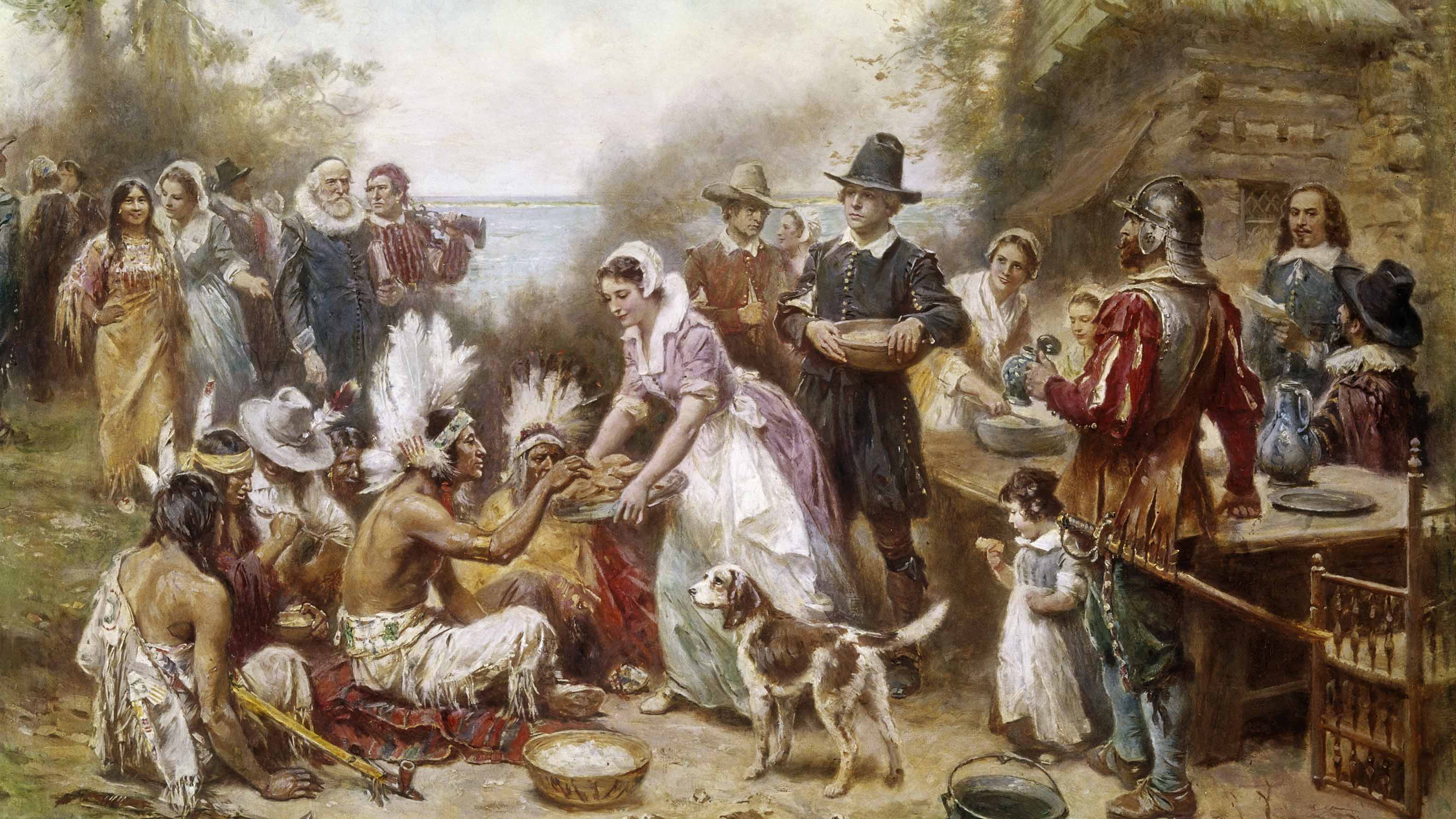


In 1675, Bradford’s predictions came true, in the form of King Philip’s War. By the time William Bradford died in 1657, he had already expressed anxiety that New England would soon be torn apart by violence. Over the next decades, relations between settlers and Native Americans deteriorated as the former group occupied more and more land. Other tribes, such as the Massachusetts and Narragansetts, were not so well disposed towards European settlers, and Massasoit’s alliance with the Pilgrims disrupted relations among Native American peoples in the region. Relations with Native AmericansĪfter attempts to increase his own power by turning the Pilgrims against Massasoit, Squanto died in 1622, while serving as Bradford’s guide on an expedition around Cape Cod.
#The pilgrims plus
The first Thanksgiving likely did not include turkey or mashed potatoes (potatoes were just making their way from South America to Europe), but the Wampanoag brought deer and there would have been lots of local seafood plus the fruits of the first pilgrim harvest, including pumpkin. In the fall of 1621, the Pilgrims famously shared a harvest feast with the Pokanokets the meal is now considered the basis for the first Thanksgiving holiday.
#The pilgrims how to
In addition to interpreting and mediating between the colonial leaders and Native American chiefs (including Massasoit, chief of the Pokanoket), Squanto taught the Pilgrims how to plant corn, which became an important crop, as well as where to fish and hunt beaver. Meant for slavery, he somehow managed to escape to England, and returned to his native land to find most of his tribe had died of plague. Squanto was a member of the Pawtuxet tribe (from present-day Massachusetts and Rhode Island) who had been seized by the explorer John Smith’s men in 1614-15. Soon after the Pilgrims built their settlement, they came into contact with Tisquantum, or Squanto, an English-speaking Native American.

The native inhabitants of the region around Plymouth Colony were the various tribes of the Wampanoag people, who had lived there for some 10,000 years before the Europeans arrived. A smaller vessel, the Speedwell, had initially accompanied the Mayflower and carried some of the travelers, but it proved unseaworthy and was forced to return to port by September. In 1620, the would-be settlers joined a London stock company that would finance their trip aboard the Mayflower, a three-masted merchant ship, in 1620. Their intended destination was a region near the Hudson River, which at the time was thought to be part of the already established colony of Virginia. Due to economic difficulties, as well as fears that they would lose their English language and heritage, they began to make plans to settle in the New World. In 1607, after illegally breaking from the Church of England, the Separatists settled in the Netherlands, first in Amsterdam and later in the town of Leiden, where they remained for the next decade under the relatively lenient Dutch laws. The group that set out from Plymouth, in southwestern England, in September 1620 included 35 members of a radical Puritan faction known as the English Separatist Church. These original settlers of Plymouth Colony are known as the Pilgrim Fathers, or simply as the Pilgrims. A scouting party was sent out, and in late December the group landed at Plymouth Harbor, where they would form the first permanent settlement of Europeans in New England. That November, the ship landed on the shores of Cape Cod, in present-day Massachusetts. Some 100 people, many of them seeking religious freedom in the New World, set sail from England on the Mayflower in September 1620.


 0 kommentar(er)
0 kommentar(er)
